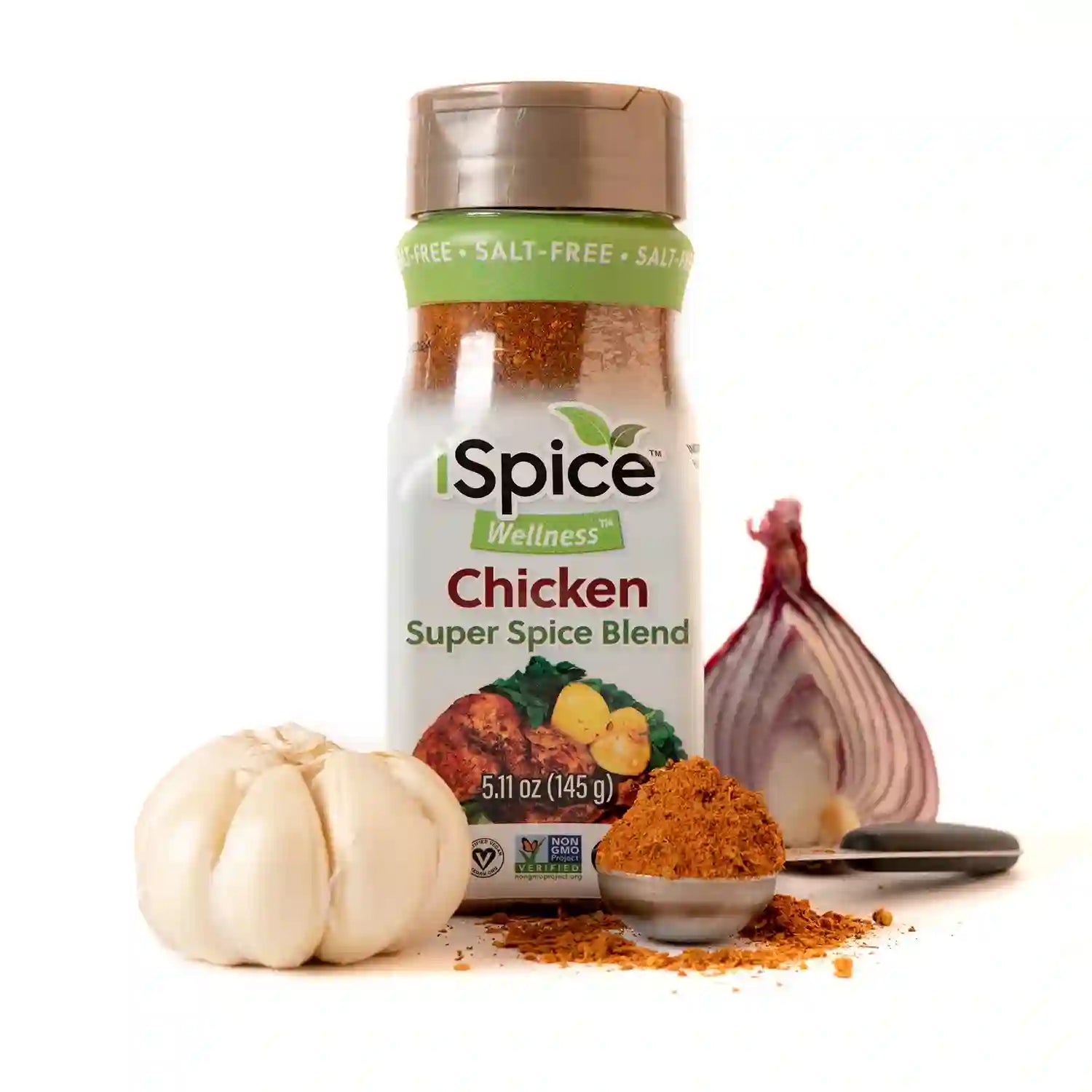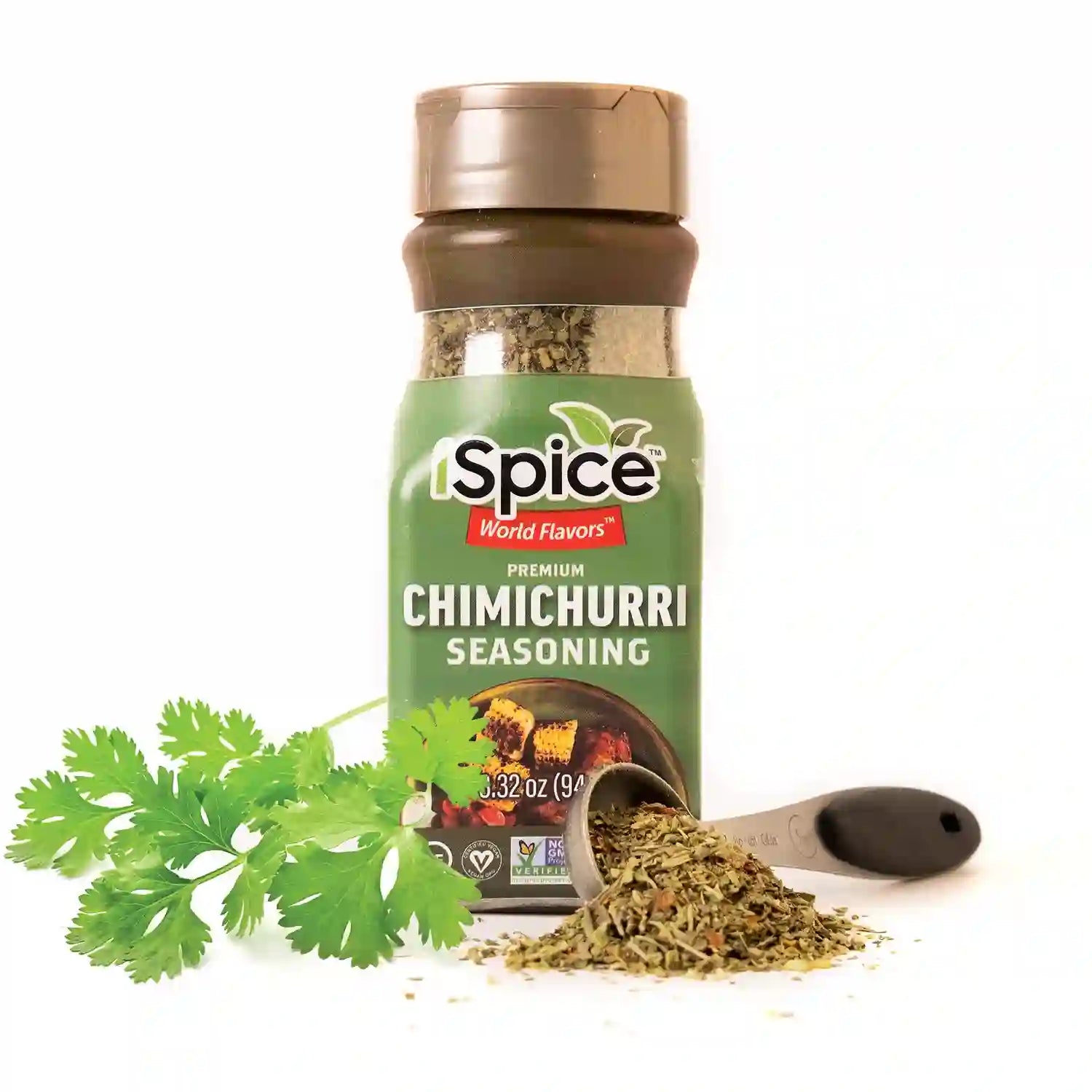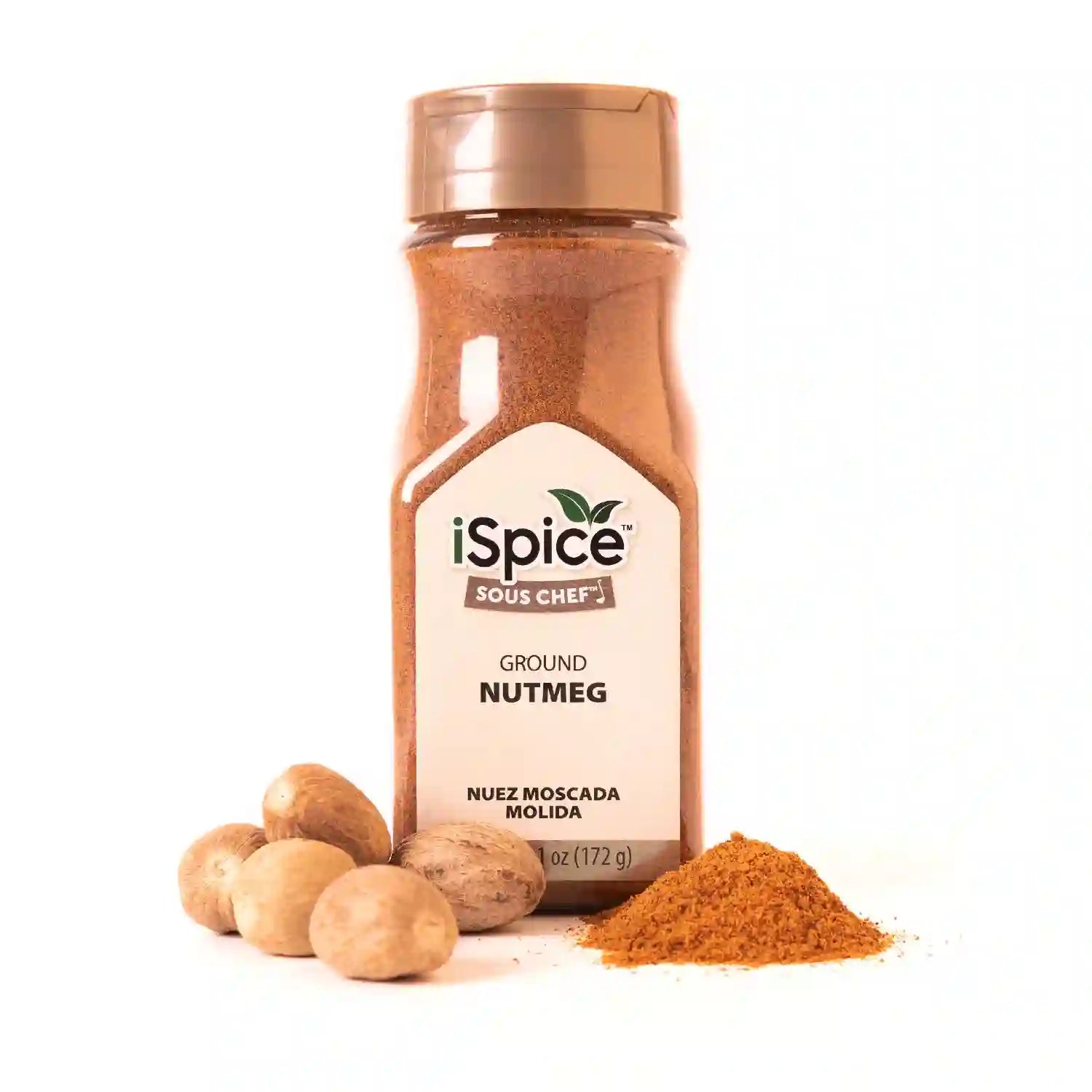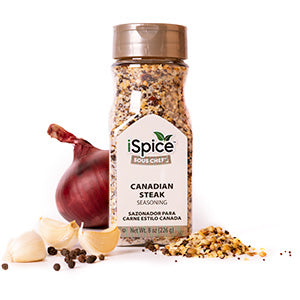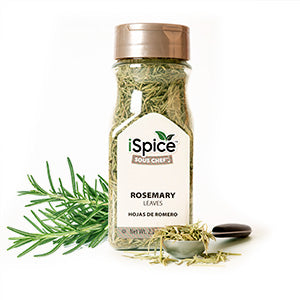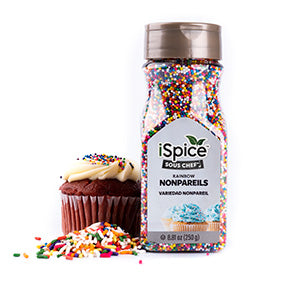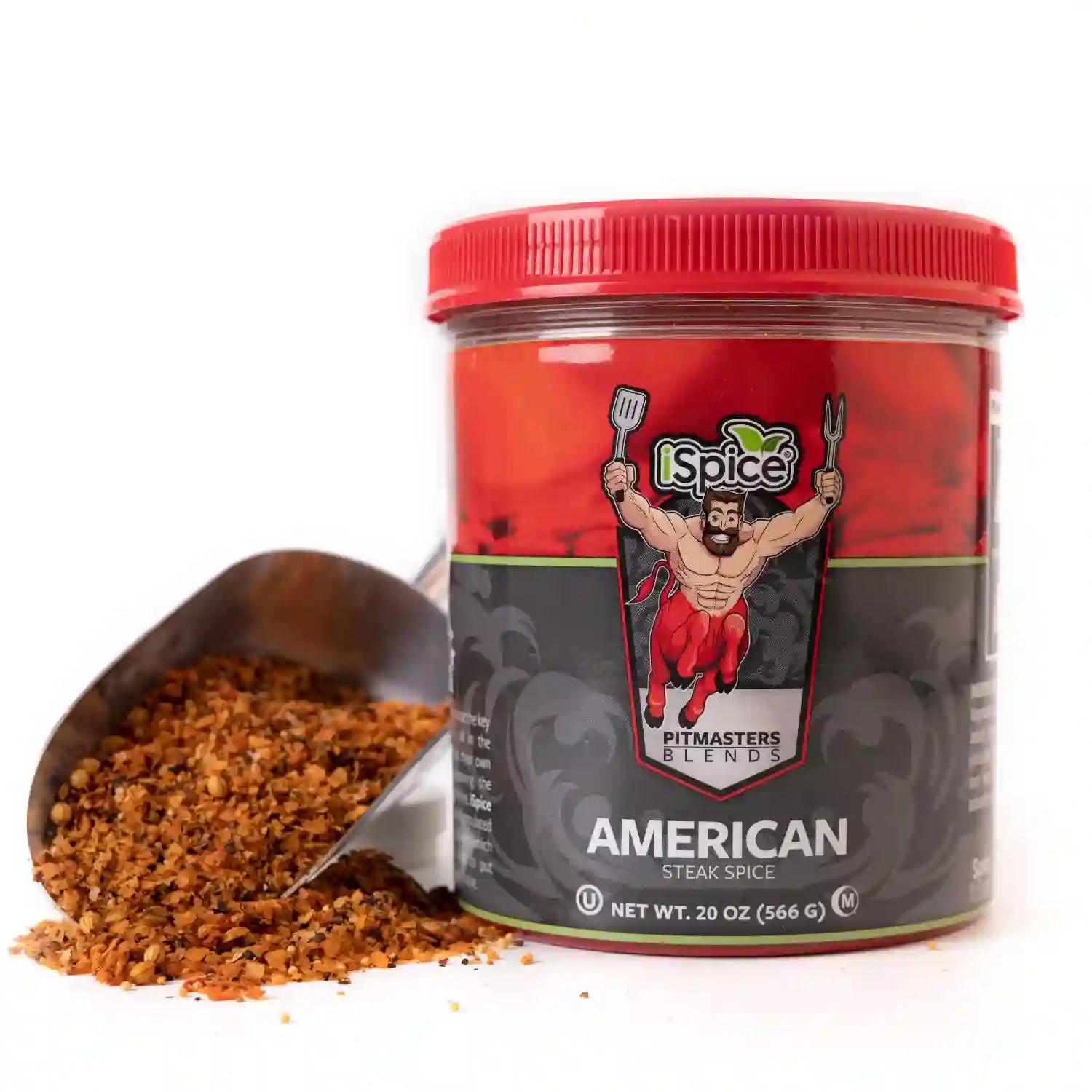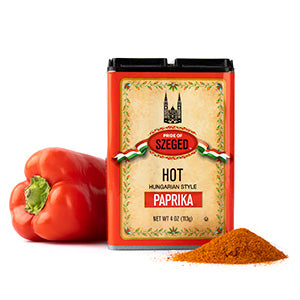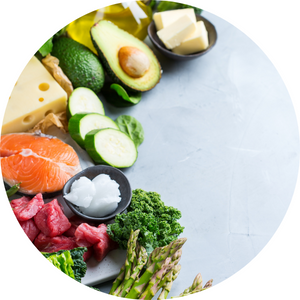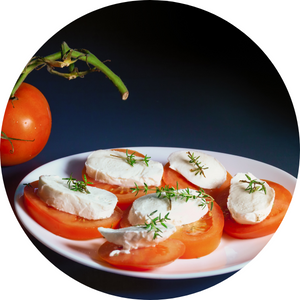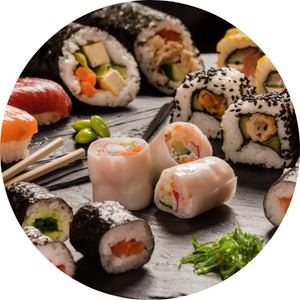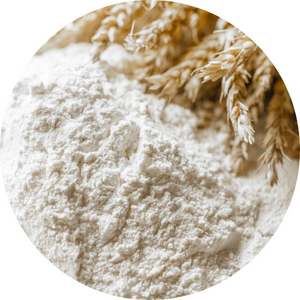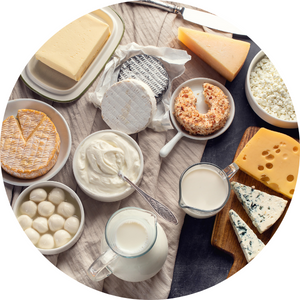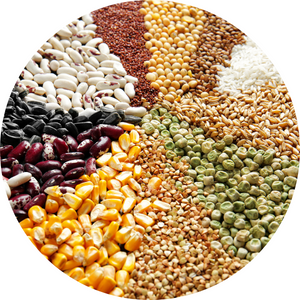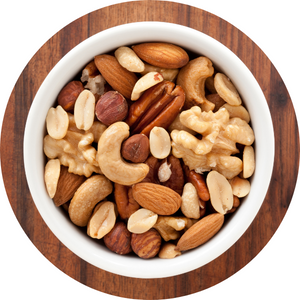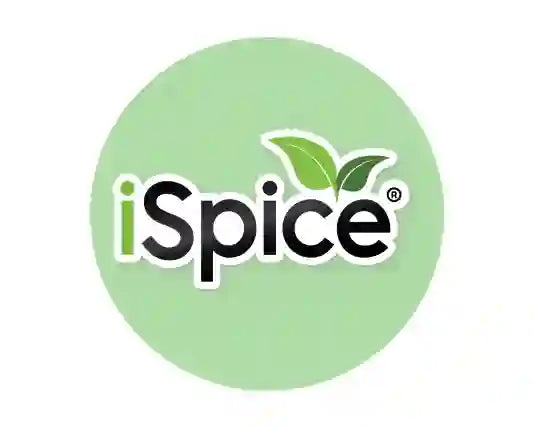
Introduction
Lavender, with its delicate purple blooms and soothing aroma, has long been cherished for its enchanting scent. But have you ever wondered about the chemistry that creates this delightful fragrance? In this article, we will delve into the intriguing world of "The chemistry behind the scent of lavender." You'll gain insights into the compounds responsible for lavender's aroma, its historical significance, and how it's used in various products today.
The Chemistry Behind the Scent of Lavender
Lavender's scent is a complex bouquet of aromatic compounds, each contributing to its unique aroma. Here, we'll explore the key chemical components that make up this delightful fragrance.
Linalool: The Hero Compound
At the heart of lavender's scent lies linalool, a terpene alcohol. This compound not only imparts the floral and sweet notes to lavender but also boasts several therapeutic benefits. Linalool is known for its calming and stress-reducing effects, making lavender a popular choice in aromatherapy.
Terpinen-4-ol: Nature's Antiseptic
Another crucial compound in lavender's scent is terpinen-4-ol. This component not only adds to the scent profile but also gives lavender its antibacterial and antifungal properties. It's no wonder that lavender has been used for centuries in medicinal applications.
Camphor: A Touch of Freshness
Camphor, though present in smaller quantities, contributes a refreshing, camphoraceous note to lavender's aroma. This compound provides a pleasant contrast to the sweetness of linalool, creating a well-balanced scent profile.
The Synergy of Chemicals
It's the harmonious interplay of these and other compounds that creates lavender's enchanting scent. The unique combination of floral, sweet, and fresh notes makes it a versatile and widely beloved fragrance.
Lavender Through History
Lavender's captivating scent has enchanted civilizations throughout history. Here's a glimpse into its historical significance:
- Ancient Egypt: Lavender was used in the mummification process, symbolizing purity and protection in the afterlife.
- Ancient Rome: Romans scented their baths with lavender and used it to perfume their clothes.
- Medieval Europe: Lavender was a staple in medieval gardens and served as a remedy for various ailments.
- Victorian Era: Lavender became a symbol of refinement and was used in perfumes, sachets, and potpourri.
Lavender Today: Versatile and Timeless
In modern times, lavender's appeal remains as strong as ever. Its scent is incorporated into a wide array of products, including:
- Aromatherapy Oils: Lavender essential oil is used for relaxation, stress relief, and promoting restful sleep.
- Cosmetics: Many skincare and haircare products feature lavender for its soothing properties.
- Culinary Delights: Lavender is used in culinary creations, adding a unique flavor to dishes and desserts.
FAQs
Q: Can I use lavender oil directly on my skin?
A: Yes, but it's essential to dilute lavender oil with a carrier oil to avoid skin irritation.
Q: What's the best way to use lavender for relaxation?
A: Add a few drops of lavender essential oil to a diffuser or mix it with a carrier oil for a soothing massage.
Q: Are there any adverse effects of inhaling lavender scent?
A: Lavender is generally safe, but excessive inhalation can lead to headaches or nausea. Use it in moderation.
Q: Can lavender help with anxiety?
A: Yes, lavender's aroma is known to reduce anxiety and promote relaxation.
Q: Is lavender safe for pets?
A: Lavender can be toxic to pets if ingested in large quantities, so it's best to use it cautiously around animals.
Q: Can I grow lavender at home?
A: Absolutely! Lavender is easy to grow in gardens or pots, making it a great addition to your home.
Conclusion
The chemistry behind the scent of lavender is a fascinating journey into the world of aromatic compounds. From linalool's sweetness to terpinen-4-ol's antiseptic properties, each element plays a vital role in creating lavender's beloved fragrance. As you explore the history and modern uses of lavender, you'll discover why it remains a timeless favorite. So, the next time you encounter the soothing scent of lavender, you'll have a deeper appreciation for the chemical magic that makes it possible.
Alert: While spices can have many beneficial properties for health, using them for medical purposes should be done under the guidance and supervision of a healthcare professional or specialist. Some spices may interact with medications or cause adverse reactions in certain individuals, and it is important to use them safely and appropriately. If you are considering using spices for a medical condition, it is important to consult with a healthcare professional before doing so.

